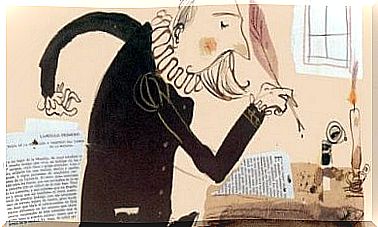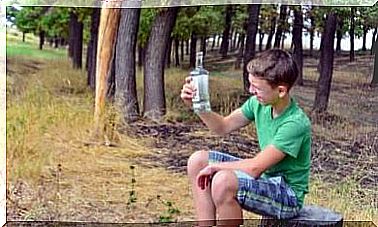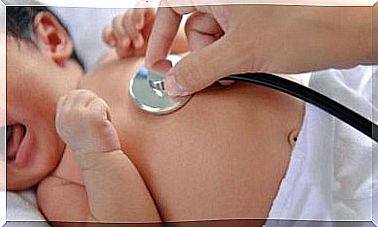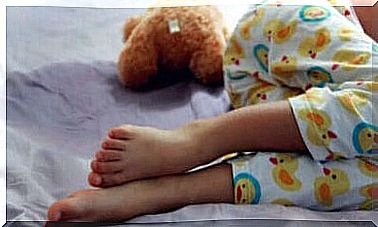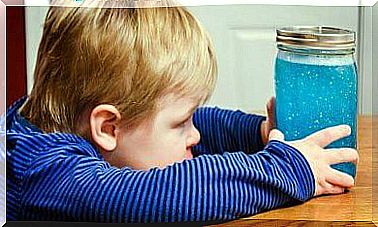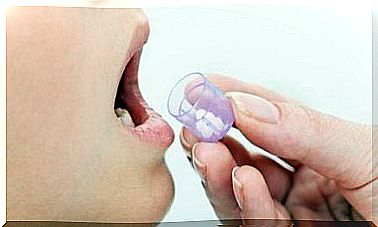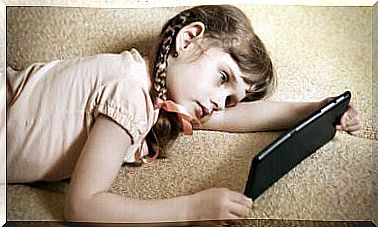Restless Leg Syndrome In Children – You Are Mom

Have you ever heard of Restless Leg Syndrome in children? Did you think it was just a simple expression? Well no, this is not a joke.
Restless Leg Syndrome is a condition that historically was only considered to affect adults over 45 years of age.
The first case dates back to 1944: three siblings aged one, four and six years old respectively. They shared certain symptoms and behavioral traits. The following year, 1945, Karl Ekborm was the first to describe this disease.
This syndrome is much more common than you might think. It is therefore important to know the symptoms and the causes in order to be able to carry out the corresponding treatment in time.
Symptoms of restless legs syndrome in children
Restless Leg Syndrome (RPS) is a disease that seriously affects between 2% and 3% of the child population globally.
Symptoms of this syndrome tend to appear when the person is in a resting position, whether sitting or lying down. Those affected describe these feelings of discomfort, such as:
- Itching.
- Stings.
- Tingling.
- Nervousness.
- Sensation that something is walking on the legs.
- Other symptoms.

It should be noted that these discomforts decrease or even disappear completely when the affected person moves their legs.
These symptoms usually occur during inactivity. Taking long trips by car, train or plane, going to the movies, or just lying down to rest, is enough for the person to start experiencing the symptoms mentioned above.
As a result, the rest is interrupted. Indeed, SPI is often a leading cause of insomnia in children and adults.
What Causes SPI in Children?
The causes of restless legs syndrome in children and adults are varied. However, there is an important genetic factor. Indeed, family predisposition is one of the most important aspects for its diagnosis.
About 80% of children diagnosed with restless leg syndrome have a close relative who suffers or has had the condition in the past.
Likewise, this syndrome can also be the cause of an alteration of neurotransmitters. In other words, it is a variation of the substances through which neurons communicate.
Iron deficiency is also linked to SPI. Indeed, several studies have shown that this mineral is essential for the proper functioning of neurotransmitters linked to this syndrome.
Therefore, low iron levels promote the appearance of restless legs in both adults and children. Thus, by increasing the amount of this nutrient, the disease can decrease considerably, and in some cases, disappear.
What is the treatment for restless legs syndrome in children?
Restless legs syndrome in children and adults usually gets worse from the first onset. Nevertheless, proper diagnosis and regular treatment will help to ensure the well-being of the patient.
Blood tests are needed. They indicate, among other things, iron levels. This rate tends to be altered in most cases of SPI. If this is the case, the doctor will need to prescribe vitamin supplements.
In addition to the iron levels in the blood, small changes in daily habits have been shown to be beneficial in the treatment of this condition. Moreover, daily exercise, especially in the afternoon, is very favorable.
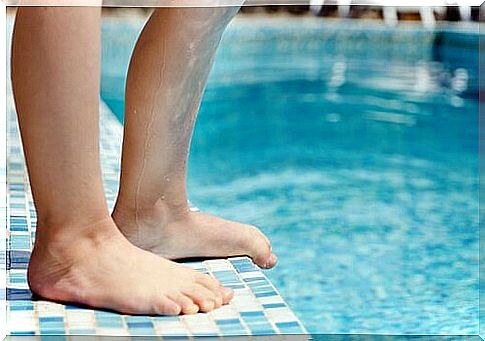
The most recommended exercises in these cases are:
- Swimming.
- Jogging.
- Yoga.
- Certain sports like football, basketball, among others.
Additionally, physiotherapy can be extremely helpful in treating restless leg syndrome. Indeed, it not only helps to work the joints and muscles, but also provides immediate relief. This translates into long-term well-being.
In addition, there are other types of alternative therapy that can be used to help children relax and sleep better. The most effective are usually hot baths before going to bed, children’s massages, and aromatherapy.
Of course, you can also consult the pediatrician. He may recommend certain infusions (mint, pennyroyal, peppermint, chamomile) to relax children and help them fall asleep at night.
